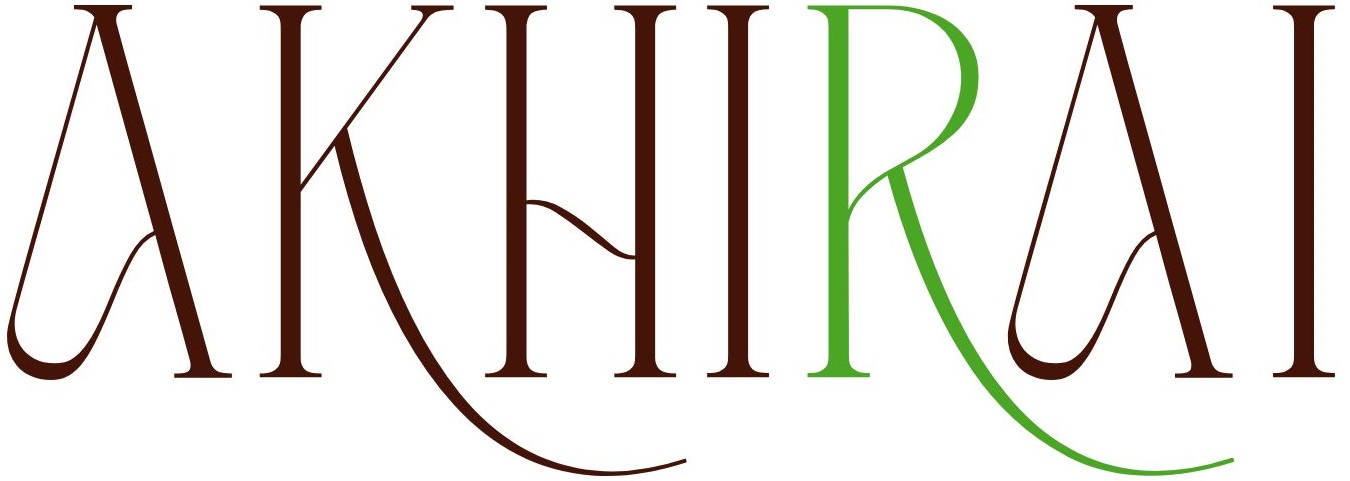
Introduction to HTML
HTML stands for HyperText Markup Language — it’s the standard language used to create and structure web pages.
1. What HTML Does
- Defines the structure of a webpage.
- Tells the browser what each part of the content is (headings, paragraphs, images, links, etc.).
- Works together with:
- CSS → for styling and layout
- JavaScript → for interactivity
2. Meaning of “HyperText” & “Markup”
- HyperText → Text that contains links to other pages (like the web’s clickable connections).
- Markup → Special tags (
<tag>) that mark parts of content for the browser to interpret.
3. Basic Structure of an HTML Document
<!DOCTYPE html>
<html lang="en">
<head>
<meta charset="UTF-8">
<title>My First Webpage</title>
</head>
<body>
<h1>Hello, World!</h1>
<p>This is my first HTML page.</p>
</body>
</html>
4. Key Features
- Uses tags enclosed in
< >. - Most tags come in pairs: opening
<p>and closing</p>. - Some tags are self-closing:
<img />,<br />. - HTML is not case-sensitive, but lowercase is standard practice.
5. Why HTML is Important
- Foundation of every website — no matter how fancy a site looks, HTML is at its core.
- Search Engine Optimization (SEO) — proper HTML structure helps search engines understand your page.
- Accessibility — well-written HTML helps screen readers and assistive technologies.






